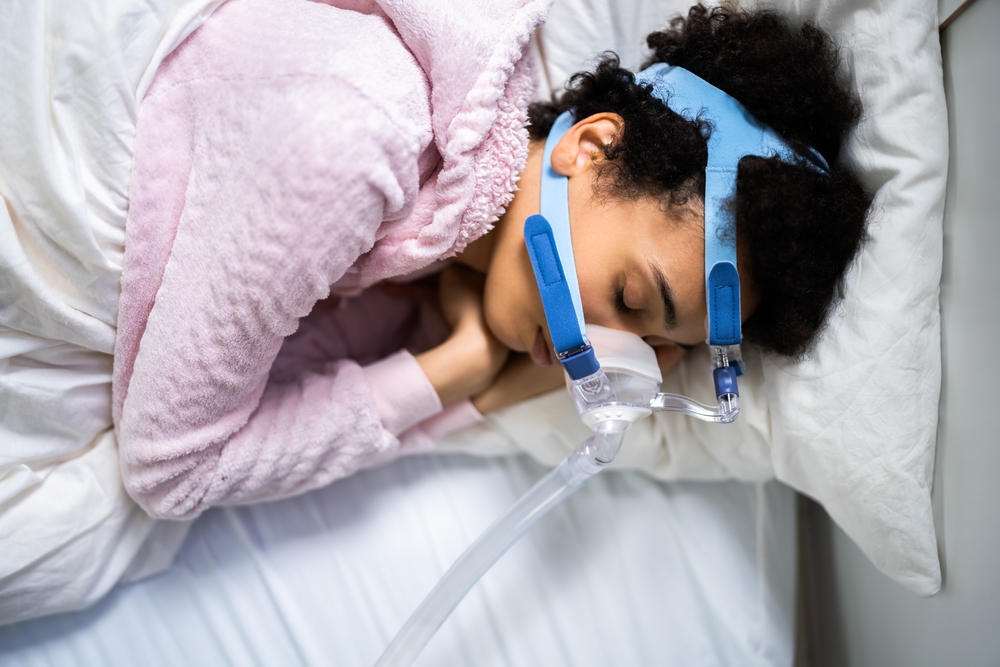Sleep apnea affects millions globally, often lurking undetected until it begins impacting overall health. While high blood pressure remains one of the most significant risks associated with untreated sleep apnea, medical professionals are increasingly turning to a non-invasive solution: sleep masks. These devices, integral to continuous positive airway pressure (CPAP) therapy, are reshaping health outcomes for individuals with sleep apnea, offering a practical approach to managing both conditions simultaneously.
Understanding the connection between sleep and blood pressure
Sleep apnea occurs when breathing repeatedly stops and starts during sleep. These interruptions can last from seconds to minutes, disrupting the body’s oxygen flow. The condition manifests in two primary forms: obstructive sleep apnea (OSA), caused by airway blockage, and central sleep apnea (CSA), resulting from improper brain signaling to breathing muscles.
The relationship between sleep apnea and high blood pressure stems from repeated drops in blood oxygen levels. These drops trigger stress hormone release, increasing heart rate and narrowing blood vessels. Without intervention, this pattern can develop into chronic hypertension, placing significant strain on the cardiovascular system. Over time, the cumulative effect of these nightly disruptions can lead to persistent cardiovascular issues, making early intervention crucial for long-term health.
How CPAP therapy transforms sleep quality
Modern sleep masks deliver consistent airflow, maintaining open airways throughout the night. This continuous air pressure prevents breathing interruptions, ensuring stable oxygen levels and reducing the body’s stress response. The technology comes in several forms to meet individual needs:
- Nasal masks cover only the nose, ideal for nose breathers and those who maintain closed-mouth sleeping patterns
- Full-face masks cover both nose and mouth, supporting mouth breathers and individuals who require higher pressure settings
- Nasal pillows provide a lightweight option, resting at nostril entrances, perfect for those who feel claustrophobic with traditional masks
- Custom-fitted options accommodate unique facial features and specific breathing patterns
The effectiveness of these devices lies in their ability to maintain consistent airflow throughout the night, preventing the collapse of airway tissues that typically causes breathing interruptions. By ensuring continuous breathing, these masks help regulate oxygen levels and reduce the physiological stress that contributes to high blood pressure.
Clinical benefits of consistent CPAP use
Regular use of sleep masks shows measurable improvements in cardiovascular health. The therapy works by:
- Restoring normal breathing patterns and preventing dangerous oxygen level drops that trigger blood pressure spikes
- Enhancing deep, restorative sleep phases essential for cardiovascular recovery
- Reducing nighttime blood pressure spikes that can damage blood vessels
- Decreasing daytime fatigue and stress levels that contribute to hypertension
- Supporting overall heart health through improved oxygen circulation
- Reducing the workload on the cardiovascular system during sleep
The impact extends beyond physical health. Users report improved relationships due to reduced snoring and restlessness, increased workplace productivity, and greater emotional well-being. These improvements often motivate additional positive lifestyle changes, creating a cycle of better health outcomes. The consistent use of CPAP therapy can lead to significant improvements in daily energy levels, mental clarity, and overall quality of life.
Selecting the right therapy approach
Success with CPAP therapy depends largely on choosing appropriate equipment and maintaining consistent use. Medical professionals recommend considering several factors when selecting a sleep mask:
- Proper fit to minimize air leaks and ensure optimal pressure delivery
- Material comfort and strap adjustability for long-term wear
- Sleeping position compatibility to maintain seal throughout the night
- Regular maintenance and cleaning routines to ensure device effectiveness
- Pressure settings that balance comfort with therapeutic benefit
Real-world impact
The transformation in patients’ lives demonstrates the therapy’s effectiveness. Consider John, a 45-year-old teacher who struggled with undiagnosed sleep apnea for years. After starting CPAP therapy, his blood pressure stabilized, and his energy levels improved significantly. Similarly, Maria, a 60-year-old retiree with severe OSA, reduced her reliance on blood pressure medications through consistent CPAP use.
Addressing common concerns
Modern CPAP devices prioritize user comfort with lightweight materials and customizable fits. While the therapy doesn’t cure sleep apnea, it effectively manages symptoms and reduces associated health risks. Many insurance plans cover CPAP therapy, making it an accessible option for most patients. The initial adjustment period requires patience, but the long-term benefits far outweigh any temporary discomfort.
The connection between sleep apnea and cardiovascular health continues to emerge through ongoing research. For those experiencing sleep apnea symptoms, consulting health care professionals about CPAP therapy represents a crucial step toward better health outcomes. With proper support and commitment, patients can significantly reduce their high blood pressure risks while improving overall quality of life. Regular monitoring and adjustment of therapy ensure optimal results, making CPAP treatment a cornerstone in managing both sleep apnea and hypertension.
This story was created using AI technology.













